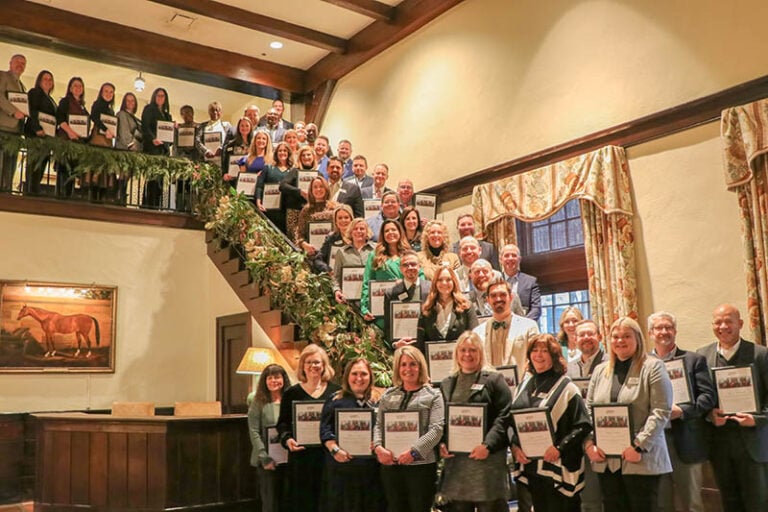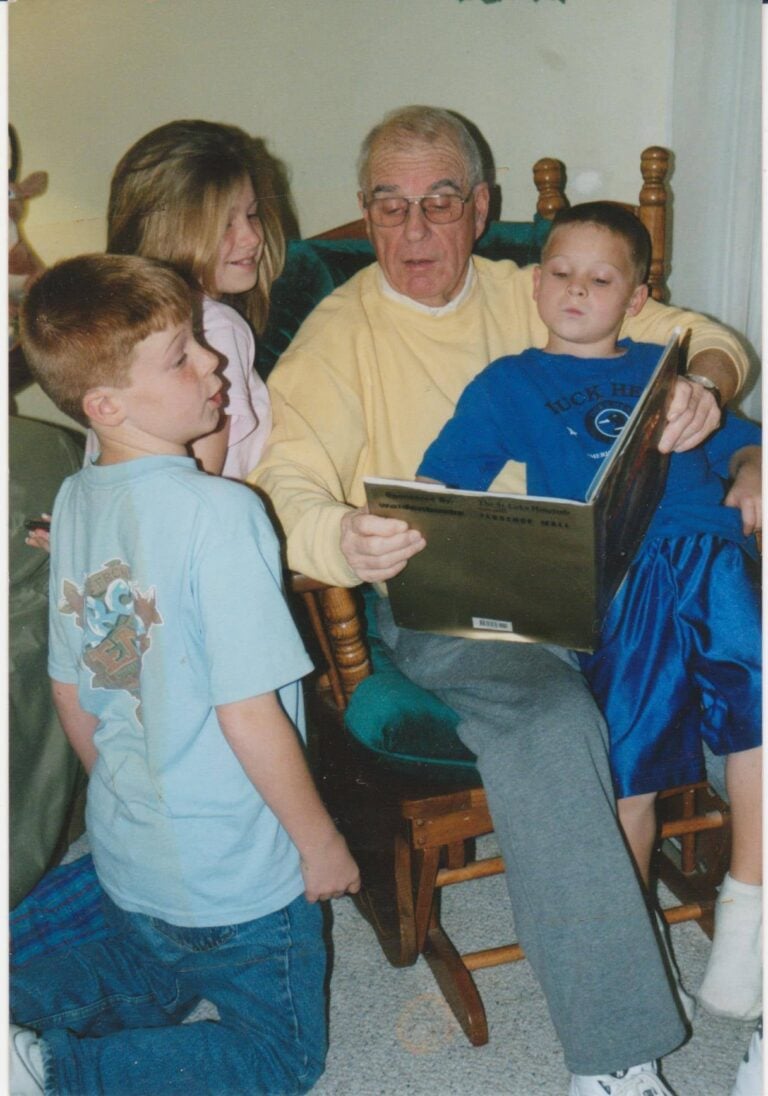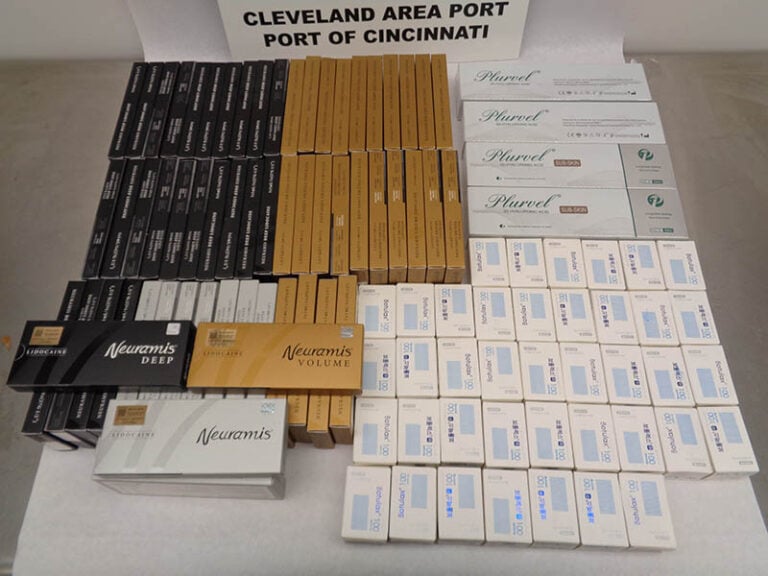By Dr. Sarah Voelkel
Special to NKyTribune

Did you know bunion deformities are generally inherited?
Some patients do not have pronounced deformities resulting from an inherited abnormal foot structure until late in the second or third decade of life, but some DO develop in the early stages of life, even while the growth plates are open.
What does this mean?
It means that yes, your child can inherit a bunion that starts to bother them while they are young.
How we examine if your child needs help for the bunion:
The child’s feet are evaluated clinically and with X-Rays to determine the main underlying cause of the bunion and to determine the extent of the deformity. Children bunion deformities generally have additional other deformities as well from flattened arches, tight Achilles (equinus) to metarsus adductus, which can be contributing to the bunion deformity. Depending on the extent of the deformity and the level of pain and limitations experienced by the child treatment options are explained.
Conservative treatment is recommended initially. This may consist of:
• bunion spacers/splints;
• custom orthotics-for motion control and support;
• change in shoes; and
• stretching exercises/Physical Therapy.
What if that doesn’t seem to correct it?
If the child fails conservative treatment and continues to have pain and activity limitations due to the deformities then surgery can be considered. It is generally recommended to wait until the child’s foot is grown and the growth plates have closed, though there are some cases in severe deformities that earlier intervention is performed.
Reduction of the bunion is generally the main concern of the patient and parents, but consideration of additional correction of contributing underlying deformities, such as moderate to severe flatfoot deformity and equinus, may need to be addressed surgically as well.
Custom orthotics are generally required after surgery as well for continued support of the correction and if there is any residual or underlying flatfoot deformity.
Post-operative care of bunion reduction in children can range from boot immobilization for 6 weeks to cast with non-weightbearing for up to two months depending on the procedures performed. Physical therapy may be required as well.
How do you tell if your child is at risk?
Again, bunions and foot structures are generally inherited and if you are concerned about whether your child will develop this, take a look at both parents’ feet as well as grandparents. If there is anyone with it in these generations, then there is high probability that your child may develop them as well. It is important to have your child evaluated early, even as early as age 3, when conditions such as toe-walking, excessive flatfoot and equinus can be determined and treatment can be initiated to try to minimize or prevent future deformities.
Dr. Sarah Voelkel is a foot and ankle surgeon at Lexington Podiatry and the Kentucky Heel Pain Center. She writes regularly for KyForward.com, where this first appeared.






















